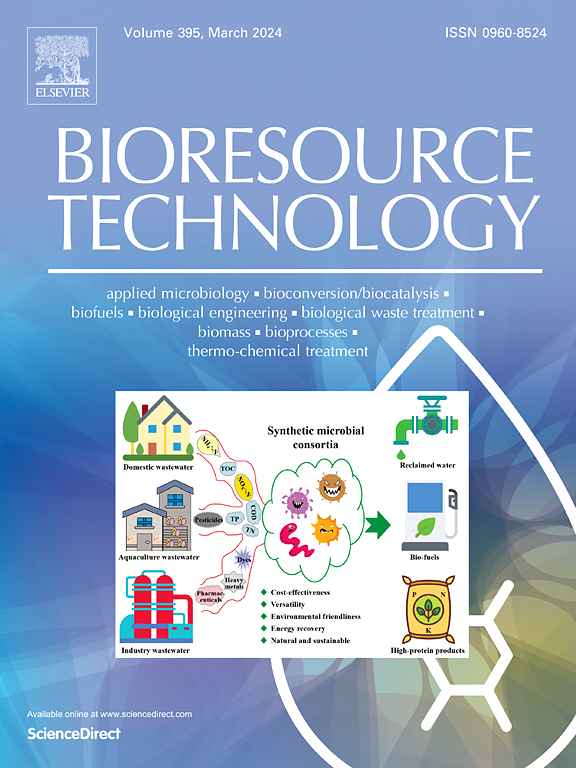Regulating the Carbon-to-Nitrogen ratio for enhanced reconstruction efficiency in Litopenaeus vannamei aquaculture systems
IF 9
1区 环境科学与生态学
Q1 AGRICULTURAL ENGINEERING
引用次数: 0
Abstract
Intensive shrimp farming faces challenges of water quality deterioration and excessive chemical usage. This study utilized glucose supplementation to regulate carbon-to-nitrogen ratios (C/N): C/N = 5 (control), 10, 15, and 20, comprehensively evaluating impacts on water quality, shrimp growth performance, and product quality. Results revealed that C/N = 20 significantly improved the aquatic environment, achieving reductions of 57.43 % in nitrite-N (NO2−-N), 59.86 % in nitrate-N (NO3−-N), 67.79 % in total nitrogen (TN), 67.02 % in total phosphorus (TP), and 98.37 % in ammonia-N (NH4+-N). The C/N = 15 group demonstrated optimal growth performance, with body length, body weight, and specific growth rate (SGR) increasing by 15.91 %, 31.89 %, and 33.21 % respectively versus controls, while simultaneously enhancing muscle nutritional composition, amino acid profile, and textural properties. Organic carbon amendment promoted heterotrophic microbial dominance, forming bioflocs that improved feed utilization efficiency. By integrating microbial ecological regulation with nutritional management, this study establishes a scientifically validated, eco-friendly aquaculture strategy that reduces dependence on chemical interventions, offering dual theoretical and practical significance for sustainable industry development.

调节碳氮比提高凡纳滨对虾养殖系统改造效率
集约化对虾养殖面临着水质恶化和化学品过度使用的挑战。本研究通过添加葡萄糖调节碳氮比(C/N): C/N = 5(对照)、10、15和20,综合评价对水质、对虾生长性能和产品品质的影响。结果表明,C/N = 20显著改善了水体环境,亚硝酸盐氮(NO2−-N)降低57.43%,硝酸盐氮(NO3−-N)降低59.86%,总氮(TN)降低67.79%,总磷(TP)降低67.02%,氨氮(NH4+-N)降低98.37%。C/N = 15组的生长性能最佳,体长、体重和特定生长率(SGR)分别比对照组提高了15.91%、31.89%和33.21%,同时肌肉营养成分、氨基酸分布和肌构性能也有所提高。有机碳修正促进了异养微生物优势,形成生物絮团,提高了饲料利用效率。本研究将微生物生态调控与营养管理相结合,建立了科学验证的生态友好型水产养殖战略,减少了对化学干预的依赖,对产业可持续发展具有理论和实践双重意义。
本文章由计算机程序翻译,如有差异,请以英文原文为准。
求助全文
约1分钟内获得全文
求助全文
来源期刊

Bioresource Technology
工程技术-能源与燃料
CiteScore
20.80
自引率
19.30%
发文量
2013
审稿时长
12 days
期刊介绍:
Bioresource Technology publishes original articles, review articles, case studies, and short communications covering the fundamentals, applications, and management of bioresource technology. The journal seeks to advance and disseminate knowledge across various areas related to biomass, biological waste treatment, bioenergy, biotransformations, bioresource systems analysis, and associated conversion or production technologies.
Topics include:
• Biofuels: liquid and gaseous biofuels production, modeling and economics
• Bioprocesses and bioproducts: biocatalysis and fermentations
• Biomass and feedstocks utilization: bioconversion of agro-industrial residues
• Environmental protection: biological waste treatment
• Thermochemical conversion of biomass: combustion, pyrolysis, gasification, catalysis.
 求助内容:
求助内容: 应助结果提醒方式:
应助结果提醒方式:


